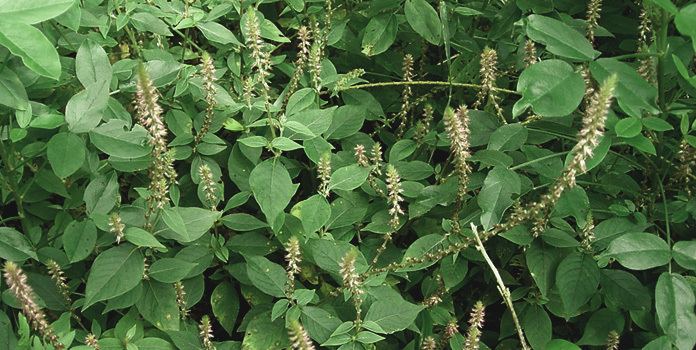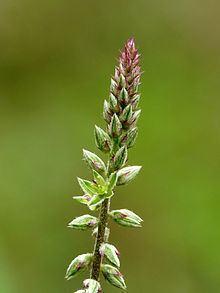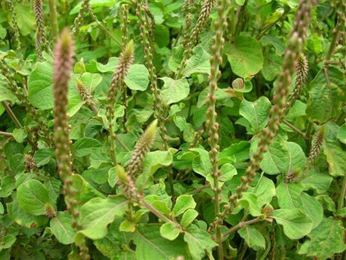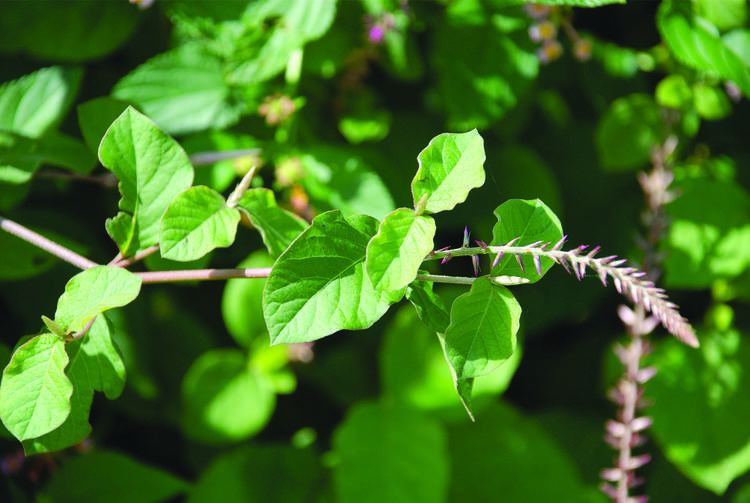Rank Species | Genus Achyranthes Higher classification Achyranthes | |
 | ||
Similar Achyranthes, Achyranthes bidentata, Amaranthaceae, Boerhavia diffusa, Justicia adhatoda | ||
Achyranthes aspera apamarg gallstones calculus teeth and in delivery panacea herb
Achyranthes aspera (common names: chaff-flower, prickly chaff flower, devil's horsewhip, Sanskrit: अपामार्ग apamarga) is a species of plant in the Amaranthaceae family. It is distributed throughout the tropical world. It can be found in many places growing as an introduced species and a common weed. It is an invasive species in some areas, including many Pacific Islands environments.
Contents
- Achyranthes aspera apamarg gallstones calculus teeth and in delivery panacea herb
- Medicinal importance of apamaraga achyranthes aspera prickly chaff flower
- Uses
- Traditional medicine
- Chemical constituents
- Names
- References

Medicinal importance of apamaraga achyranthes aspera prickly chaff flower
Uses

The juice of this plant is a potent ingredient for a mixture of wall plaster, according to the Samarāṅgaṇa Sūtradhāra, which is a Sanskrit treatise dealing with Śilpaśāstra (Hindu science of art and construction).

It is one of the 21 leaves used in the Ganesh Patra Pooja done regularly on Ganesh Chaturthi day.
Traditional medicine

Achyranthes aspera has occupied a pivotal position in Indian culture and folk medicine. Since ancient times the tribal and rural people of India commonly use this herb in various disorders.
In Uttar Pradesh, the plant is used for medicinal purposes, especially in obstetrics and gynecology, including abortion, induction of labor, and cessation of postpartum bleeding.
The Maasai people of Kenya use the plant medicinally to ease the symptoms of malaria.
Chemical constituents
Achyranthes aspera contains triterpenoid saponins which possess oleanolic acid as the aglycone. Ecdysterone, an insect moulting hormone, and long chain alcohols are also found in Achyranthes aspera.
Other chemical constituents such as achyranthine, betaine, pentatriaontane, 6-pentatriacontanone, hexatriacontane, and tritriacontane are also present.
Names
Achyranthes aspera has different names in various languages:
